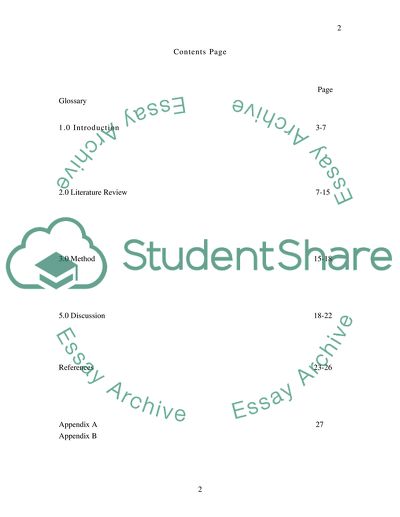Cite this document
(The Validity of Mandatory Follow-Up Skeletal Surveys Essay, n.d.)
The Validity of Mandatory Follow-Up Skeletal Surveys Essay. Retrieved from https://studentshare.org/health-sciences-medicine/1706739-should-the-follow-up-skeletal-survey-be-mandatory-in-all-cases-of-suspected-child-abuse-in-infants
The Validity of Mandatory Follow-Up Skeletal Surveys Essay. Retrieved from https://studentshare.org/health-sciences-medicine/1706739-should-the-follow-up-skeletal-survey-be-mandatory-in-all-cases-of-suspected-child-abuse-in-infants
(The Validity of Mandatory Follow-Up Skeletal Surveys Essay)
The Validity of Mandatory Follow-Up Skeletal Surveys Essay. https://studentshare.org/health-sciences-medicine/1706739-should-the-follow-up-skeletal-survey-be-mandatory-in-all-cases-of-suspected-child-abuse-in-infants.
The Validity of Mandatory Follow-Up Skeletal Surveys Essay. https://studentshare.org/health-sciences-medicine/1706739-should-the-follow-up-skeletal-survey-be-mandatory-in-all-cases-of-suspected-child-abuse-in-infants.
“The Validity of Mandatory Follow-Up Skeletal Surveys Essay”, n.d. https://studentshare.org/health-sciences-medicine/1706739-should-the-follow-up-skeletal-survey-be-mandatory-in-all-cases-of-suspected-child-abuse-in-infants.


